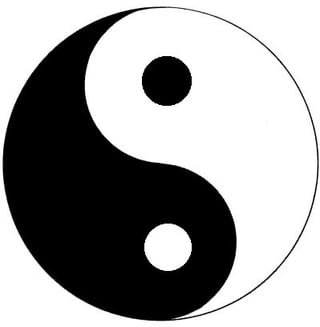The theory of Yin (阴) and Yang (阳) is not just an ancient cornerstone of Chinese philosophy; it also offers modern insights into understanding balance and duality. The principles of Yin and Yang indicate that they are interdependent forces—one cannot exist without the other, and each grows or diminishes in relation to its counterpart.
Balance and Interconnection: The Eternal Dance of Yin and Yang
Yang contains aspects of Yin, and Yin holds elements of Yang. This creates a dynamic relationship where balance and cyclical interactions are integral.
The Tangible and the Intangible: Differentiating Yin from Yang
Yin and Yang differ in their material nature. Yang is tangible and occupies physical space, while Yin is intangible, filling but not occupying space.
Particles and Waves: The Nature of Yin and Yang Matter
Yang matter manifests in particle form, whereas Yin matter exists as waves. This dichotomy adds another layer of distinction between the two, highlighting their unique characteristics.
The Role of Speed: Beyond the Limitations of Light
Finally, a point of modern relevance involves the speeds at which these types of matter move. Yang matter has a maximum speed that does not exceed that of light. Yin matter, on the other hand, operates at a minimum speed equivalent to that of light. This serves as a boundary between Yin and Yang.
Through the lens of modern interpretation, the theory of Yin and Yang continues to offer profound insights into the interconnectedness and balance that define our world.









